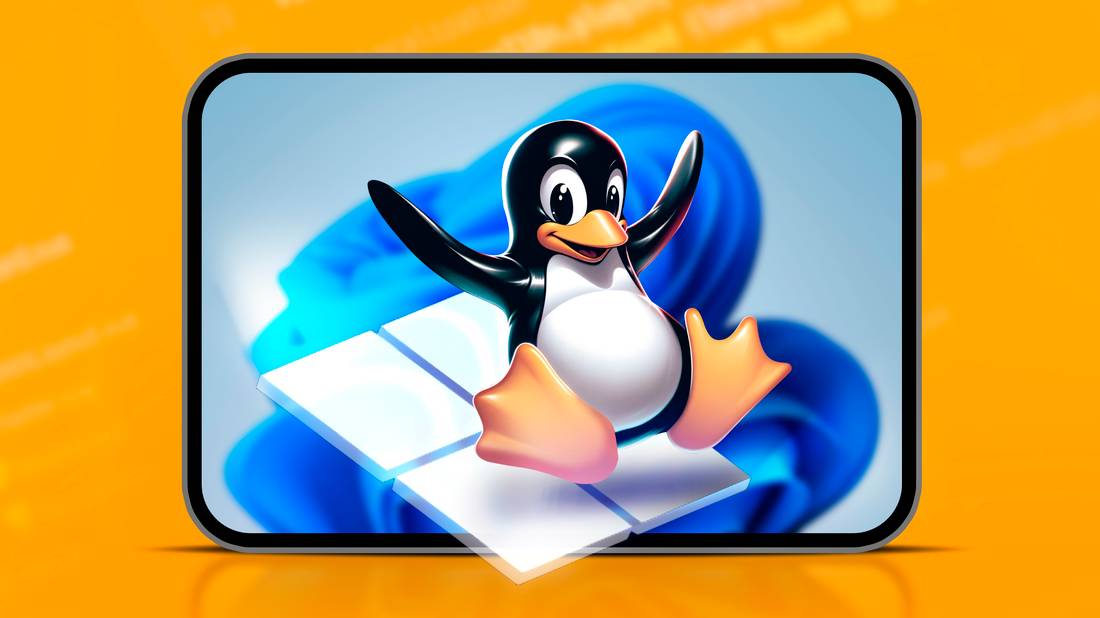
Why I Switched From Windows to Linux: A Journey with Ubuntu and OpenSUSE
Linux is often dismissed as a niche interest by those unfamiliar with it, but distributions like Ubuntu and OpenSUSE have proven their value to countless users. Here’s a glimpse into my transition from Windows to Linux and how I believe Linux stacks up against its mainstream competitor.
My Transition to Linux
My first encounter with Linux happened through CyberPatriot, a high school-level cybersecurity competition. The experience was eye-opening; it showcased how Linux installations offer unparalleled control over system security. This level of control made Linux an attractive option, especially given its resistance to malware compared to other operating systems.
While Linux is generally more secure, it’s still crucial to practice good online safety. Beyond security, I found that Linux’s no-frills approach to user interface and functionality was refreshing. It requires a bit more effort from tech-savvy users, but this is a strength rather than a weakness.
Advantages of Linux Over Windows
Support for Open-Source Development
One of the standout features of Linux is its support for open-source software. Many distributions allow users to install only open-source packages, and the majority of popular software on Linux is open-source as well. This not only means you have access to a plethora of free applications but also that you can avoid the cost associated with proprietary software.
Performance on Older Hardware
Linux shines on older hardware. Unlike Windows, which may require costly upgrades or continued use of outdated versions, Linux can run efficiently on older systems, even those dating back to the late 1990s. This makes Linux a viable option for extending the life of aging PCs.
Enhanced Security
The diverse landscape of Linux distributions means that finding a one-size-fits-all vulnerability is more challenging for hackers. Combined with proper online safety practices, Linux provides a robust defense against most web threats.
Drawbacks of Linux
Initial Setup Challenges
Linux isn’t without its issues. Many distributions don’t work seamlessly out of the box, requiring users to be adept at troubleshooting. The variety of desktop environments, display servers, and other settings can lead to compatibility issues that are specific to your hardware and software configuration.
Limited Application Support
Another downside is the limited availability of popular applications. While there are alternatives, such as LibreOffice instead of Microsoft Office, these alternatives may not fully replicate the features of their proprietary counterparts. Although Wine can run some Windows programs, it doesn’t always perform flawlessly.
Learning Curve
For those less familiar with technology, Linux can present a steep learning curve. User-friendly distributions like Ubuntu can mitigate this somewhat by relying on graphical interfaces and tools like Flatpak for app management. However, mastering the Terminal and basic Bash commands is essential to fully leverage Linux’s capabilities.
Tips for Transitioning to Linux
If you’re considering switching to Linux as your primary operating system, it’s wise to proceed cautiously. Begin by installing Linux alongside your existing Windows setup (dual-booting). This allows you to explore Linux while retaining access to Windows.
After installation, ensure you follow a tutorial on how to switch back to Windows if necessary. While forgetting to sync your cloud storage won’t break your system, it can be inconvenient.
Transitioning to Linux takes time and experimentation, but the flexibility and creative possibilities it offers are well worth the effort. Linux isn’t just an alternative; it’s a powerful tool that breaks the boundaries of conventional operating systems.